We are in the most developing and informative era of mankind, since its origin. Researches and journalists say, the world had seen a splendid uplift in the past 2 millenniums alone than ever. Technologies widen and the impossible has made possible now. This phase of the world has huge part towards automations and robotics. May it be the ‘da Vinci robot’ performing surgeries in hospitals, unmanned aerial vehicles (UAVs) and humanoid service robots, incites the weightage of the field. The developments are rapidly increasing at every possible means, that within 20-30 years, humans would find robots everywhere they go.
What is Robotics?
Robotics is the intersecting interface of computer science, engineering and technology that caters “Robot”, a machine aiding the humans or replacing them in areas of risk. Robotics can also be briefed as, the science of automation engineering and technology that co-works in the goal of creating intelligent machines assisting humans in day-to-day lives, ensuring safety.
Robots can be substitutes of humans and perform the possible and impossible tasks of humans. Advantage of the field is that it can be installed in hazardous or disruptive places, where humans can’t work; for instance, inspection of radio-active materials, fire prone areas, etc..
Robots can be designed exactly as humans, replicating the activities of them as speaking, gestures, sensing, responding and facial expressions & emotions too.The field of robotics are inspired from nature in majority, leading to a separate study “bio-inspired robotics”.
Robotics in whole involves conception, design, manufacture and operation of robots, overlapping with the fields of computer engineering, computer science (AI), electronics, mechatronics, nanotechnology and bio-engineering.
Mechanism of Robotics:
The concept on which the field relies upon can be studied along with its components: • Power source, • controllers, • actuators, • sensors and • manipulation / locomotion. The robotic paradigm is the base of the operation of the robots.
Power source is essential for the functioning of the robots, as like other electronic devices. Robots are supplied with batteries, mostly lead-acid batteries for their efficiency and lightness or directly connected to the electric supply through a cable. The future-use of the robot determines the option, here.
For the optimum compatibility, power sources must be ensured with factors like safety, cycle lifetime and weight. The choices are made accordingly on various sources.
Controllers are the brain of the robots, wherein the information and tasks are fed upon to drive out the results. It involves three distinct phases – perception, processing and action. Controllers are provided in the details of the environment which are stored as data or converted to commands to stimulate the actuators. Sensors also feed data to controllers as feedback, to make the optimal modifications.
Actuators are the muscles of the robots, receiving the commands from controllers and converting it to physical motion. Actuators are mostly of motors (either DC or AC), linear actuators, muscle wires, solenoids, piezo motors, electric nanotubes and so on. The works of the robot, if made to lift weights, move around, rotate through 1800 determines the use of actuators as DC linear motors, DC gear motors, R/C servo motors respectively.
Sensors are the depictions and accessions of the robot with and to its surroundings. Touch and vision are the major sensors employed amidst others like hearing, lidar, sonar and radar.Sensors detect targeted physical properties in the world, and can be configured to target the robot itself (proprioceptive sensors) or the outside word (exterioceptive sensors). Sensors interprets with the environment, analyze the occasion and give in regular feedbacks to the controllers, if the task is misdirected.
Manipulation/Locomotion are the final doers of the robots that has a physical contact over the tasks. Manipulators can be taken as the hands of the robot, that can hold, modify, pick up, destroy the objects. While the locomotion is nothing but the robot’s ability to move around in a confined area. This is how, the robots convert the given tasks to cater results, components working as a family.
Collaborative & Service Robots
All the existing and invented robots could be tabbed under two broad echelons viz, Collaborative and Service Robots.
A collaborative robot, or cobot, is a type of robot intended to physically interact with humans in a shared workspace.
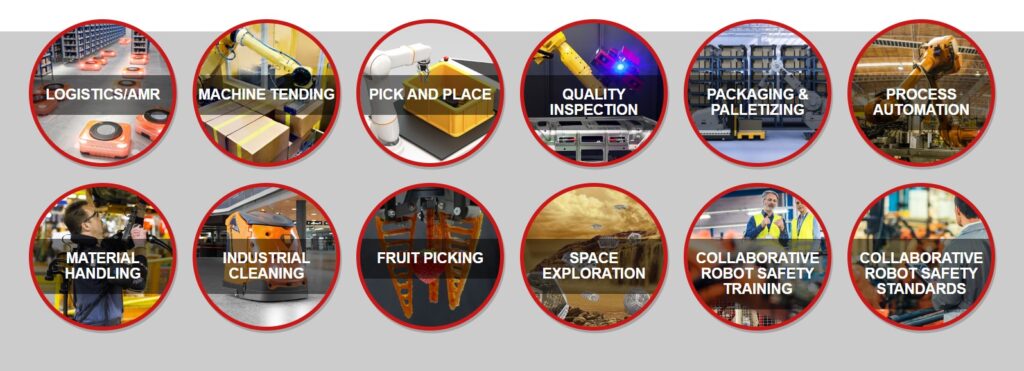
Collaborative robots are experiencing rapid market growth in this sector of the robotics industry. The primary driving force behind this growth is a consistently decreasing price. Many collaborative robots are available for under $45K, making them a viable solution in a wide range of applications, inside and outside of the factory setting, for companies big and small.
A professional service robot is defined as a semi- or fully autonomous robot for automation of commercial tasks, excluding manufacturing operations.
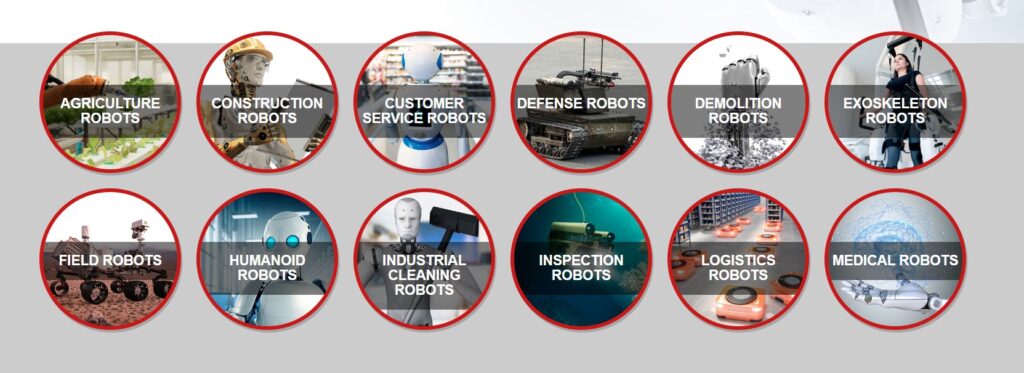
Service robots for professional use are experiencing a technological revolution. A rapid proliferation in robot capabilities – driven by innovations in machine learning, artificial intelligence, adaptive computing and vision systems – is causing the market to nearly triple in value. The combined market value for 2019 through 2021 for professional service robots is estimated to be worth $37 Billion, according to the International Federation of Robotics World Robotics 2018 Service Robots report.
Applications & Scope:
The use of robots is increasingly rapidly in all sectors, owing to the cost reduction of it as days pass-by and the efficiency of doing tasks. Robots can also be sorted out on basis of its applications as indexed here:
- Industrial robots
- Domestic & Household robots
- Medical robots
- Military robots
- Space robots
- Underwater robots
- Electric mobility
- Bio inspired and bio-mimicking robots
- Humanoid robots
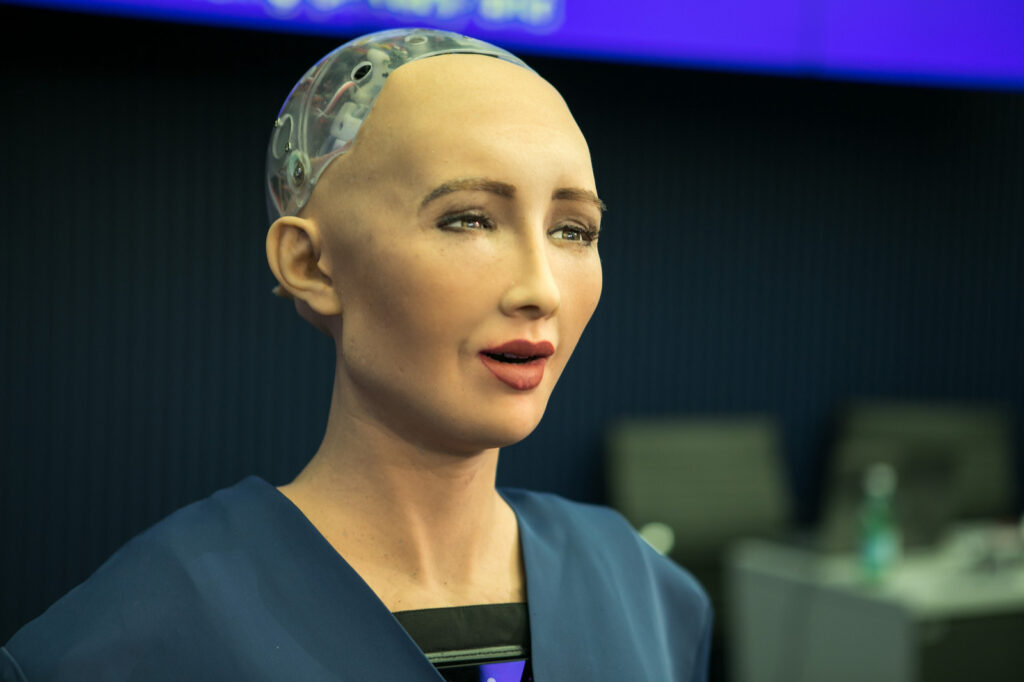
There is no denying that Robotic technologies are all set to change the way things are done in the industries in which they are being implemented. Robotics is mainly capturing industries like manufacturing, pharmaceutical, FMCG, packaging and inspection. World had come across PC revolution and mobile revolution in the recent past now it is the time for inevitable robotics. Considering that the global players, like Google, FESTO and Tesla are investing in Robotics along with substantial increase in amateur robotic enthusiasts, Open source tools and platforms available for robotics, It is assured that significant development in this field will occur in another 5-10 years.
Related Read : Latest Robotic Innovations 2020!
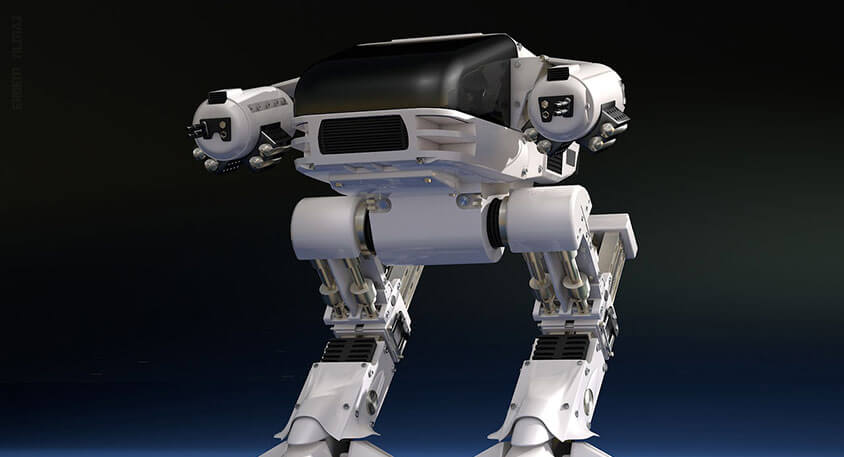
Where to Learn?
There are dozens of opportunities these days to get informed with any realm. One should have the will to be acknowledged. However, to address the heading, few best platforms are listed here:
EdX – https://www.edx.org/learn/robotics Coursera – https://www.coursera.org/specializations/robotics
These provides you free courses on robotics with paid certification.
Udemy – https://www.udemy.com/topic/robotics/ provides you paid online courses.
Getting the full information about robotics, its applications, scope, branches and so on is possible in robotics.org!
Well, if you are a passed-out schoolie, searching for career options in robotics, B.Tech Mechatronics, B.Tech in Automation and Robotics and B.E. in Advanced Robotics. These studies are of greater precedence amidst other courses.
Epilogue:
Robotics has such a spacious debate to be addressed for the betterment of the humans. One has just to get to his chosen chip of the field and get outrivaled in that.
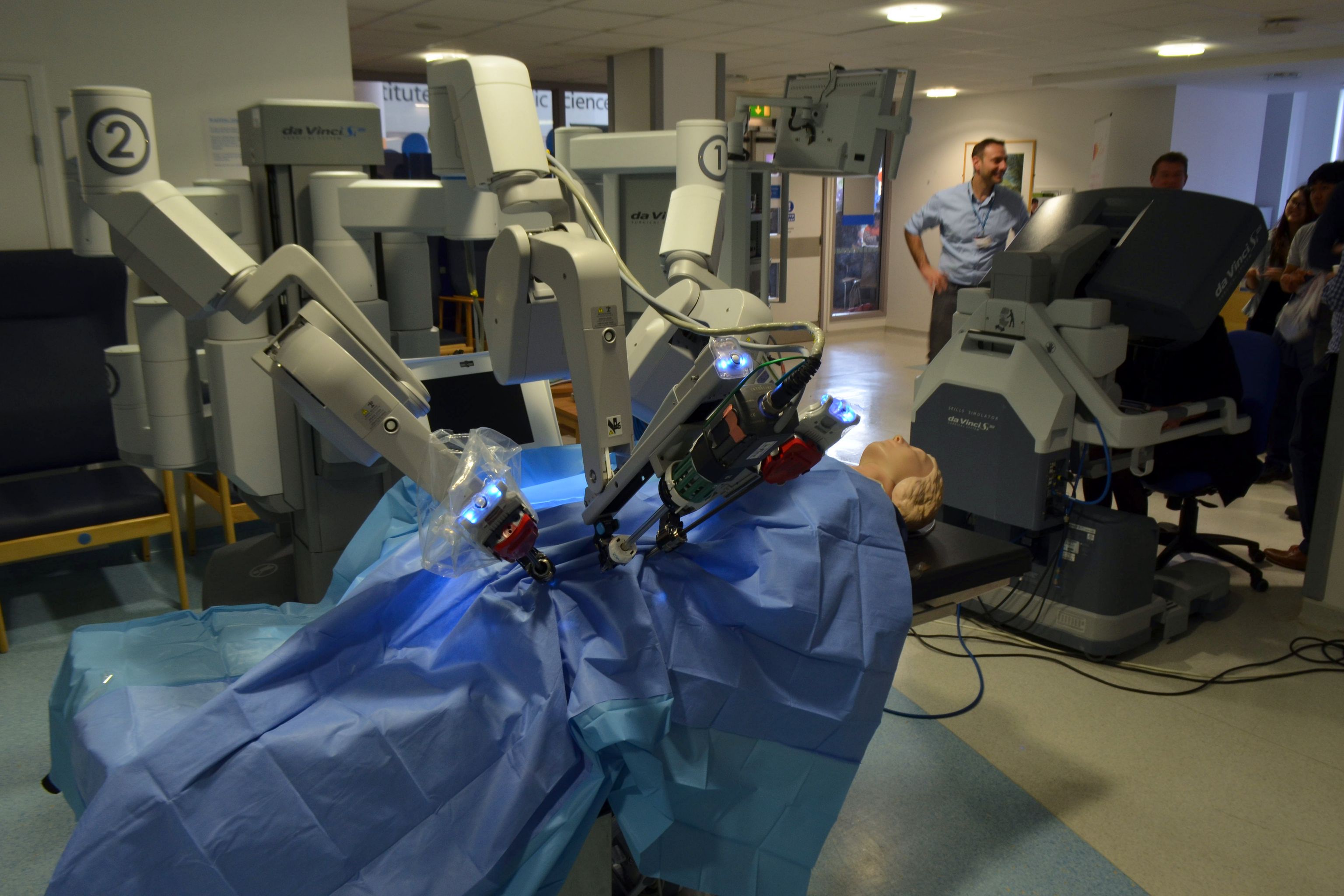
“Getting adapted to the change is what ‘Intelligence’ portends”
– Stephen Hawking
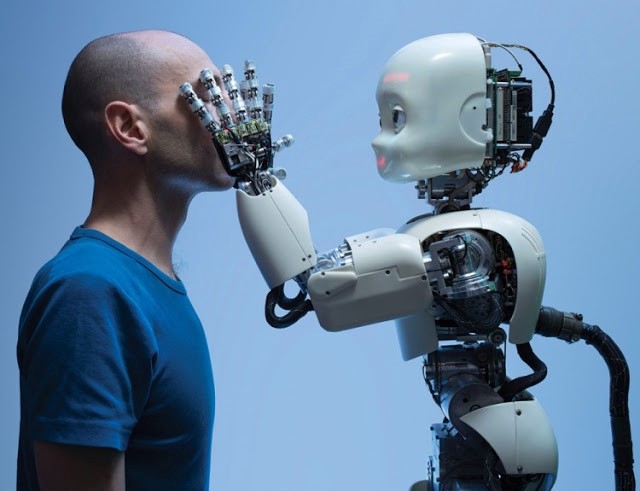
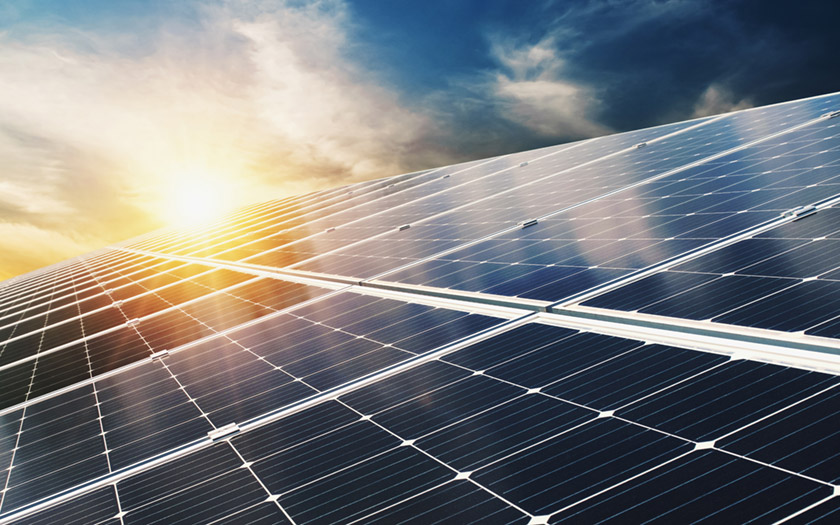

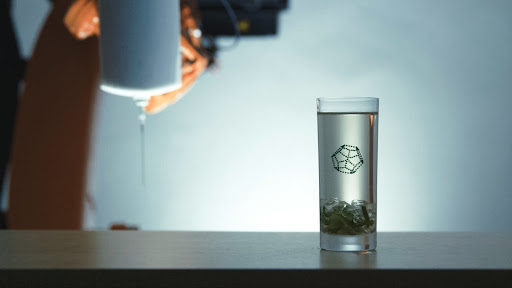

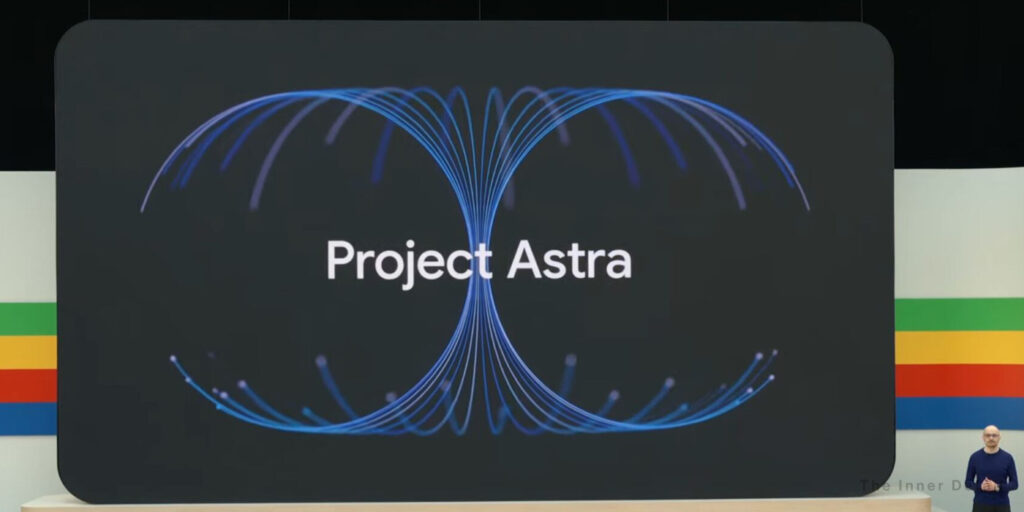

Pingback: Latest Robotic Innovations 2021 – The Inner Detail